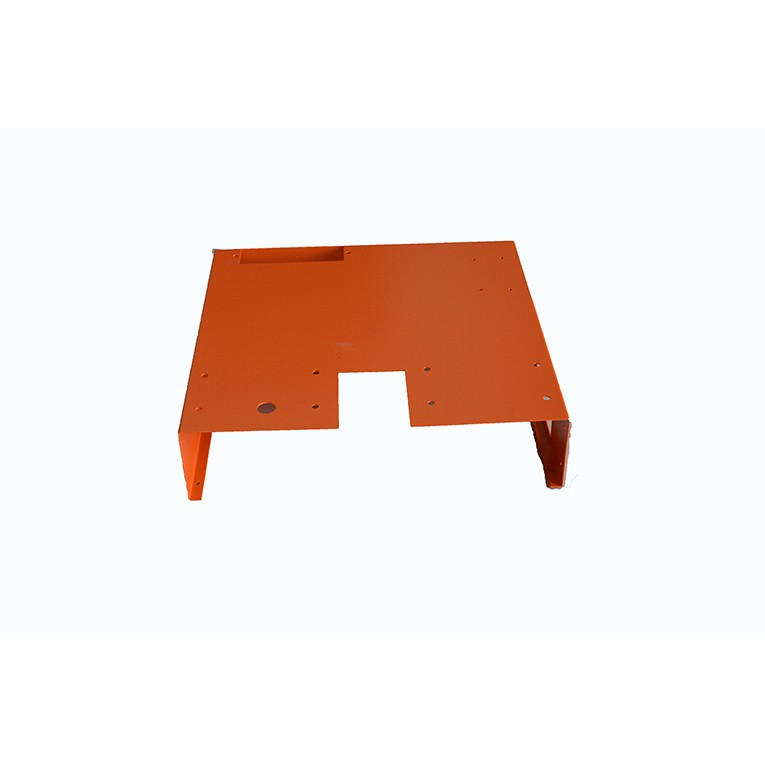
1. Air bending
Air bending refers to the upper die performs pressure bending on the work piece, but in the end, the sheet will not be fully squeezed into the lower die. Once the slider reaches the calculated position, it will return to the set opening height. The calculated value of the slider arrival is changed by different input of the bending angle.
a. Workpiece does not completely pressed into the lower mold
b. Less pressure requirements
c. Bending angle may be corrected by the operator
d. Sheet because of differences, repeatability affected
e. Adjusting space larger
2. Pressing bending
Press bend the bottom sometimes referred to as stamping or stamping, when you select bottom bending, the operator does not need to edit the bending angle. The final forming angle depends on the geometry of the upper and lower dies.The upper die will completely squeeze the sheet into the lower die, so as to bend. When the system pressure reaches the calculated pressure, the slider will return to the set opening height, and the pressure during the bottom bending is often 3 to 5 times that of the air bending. The angle consistency of the bottom bending is relatively higher, because the bottom bending can better eliminate the difference between the plates.
a. The workpiece is completely extruded into the mold as below.
b. The pressure requirement is 3 to 5 times that of air bending.
c. The bending angle depends on the angle specifications of the upper and lower dies.
d. Good repeatability.
e. No room for adjustment

Copyright © 2025 Dongguan Yifeng Metal Co., Ltd. | All Rights Reserved